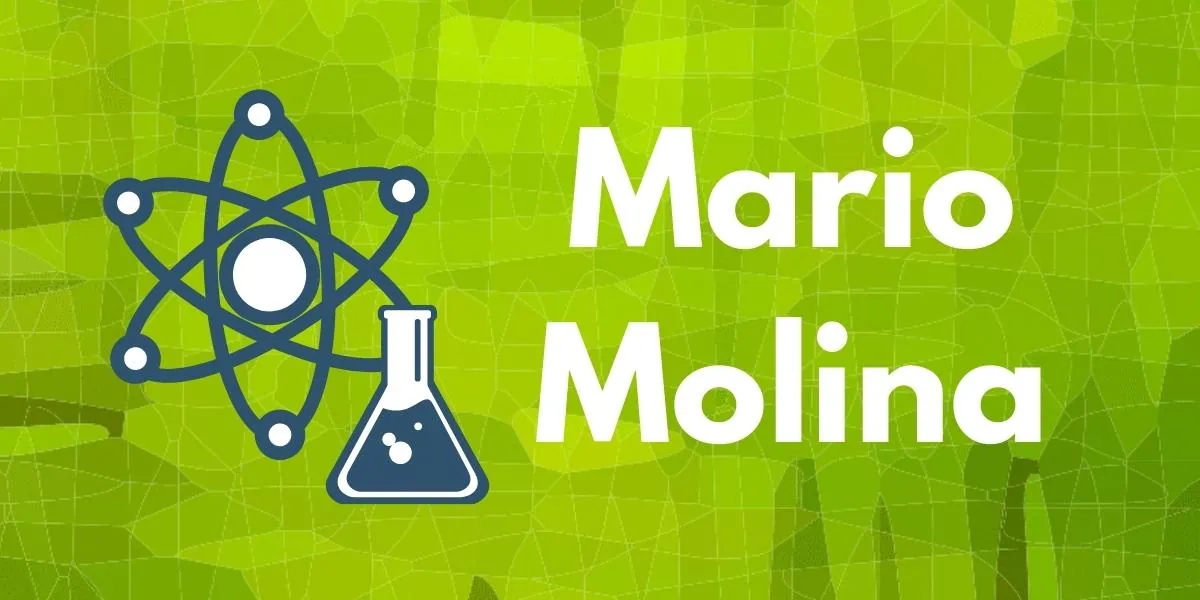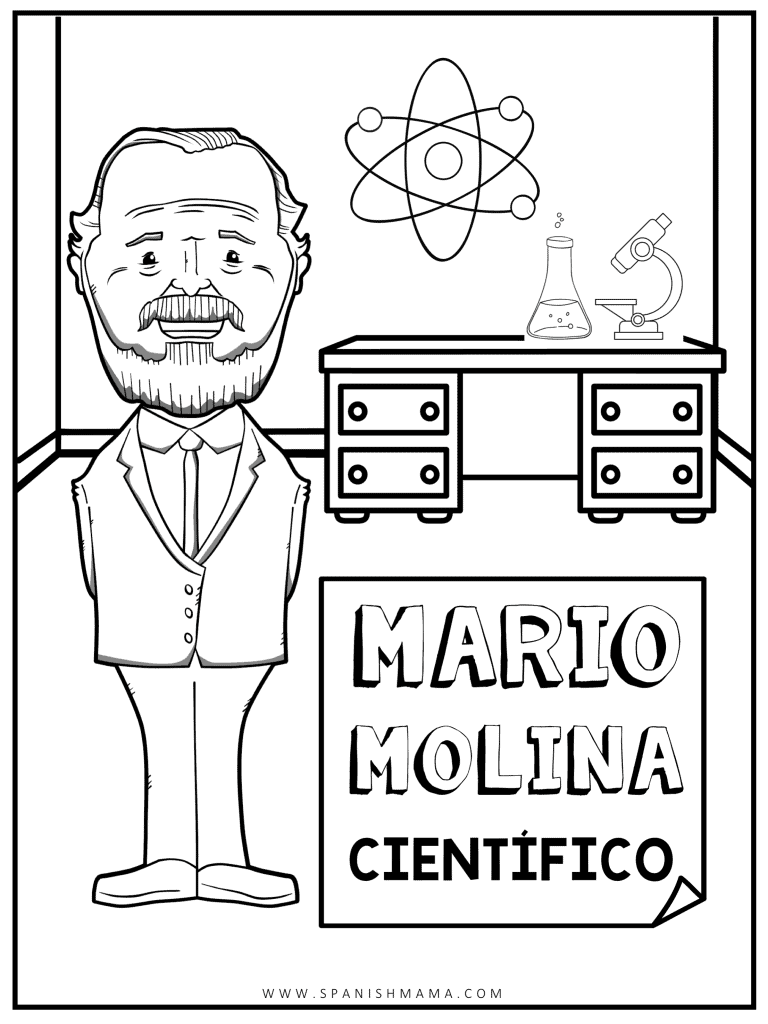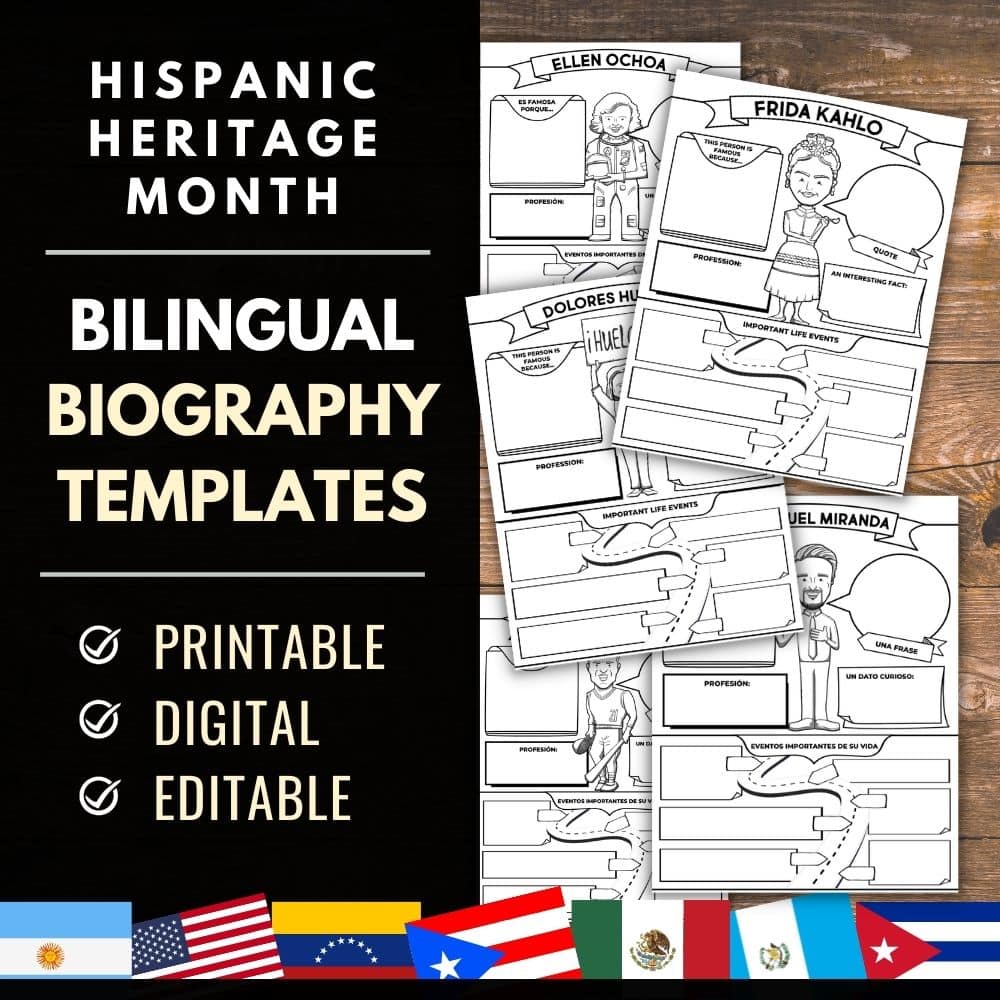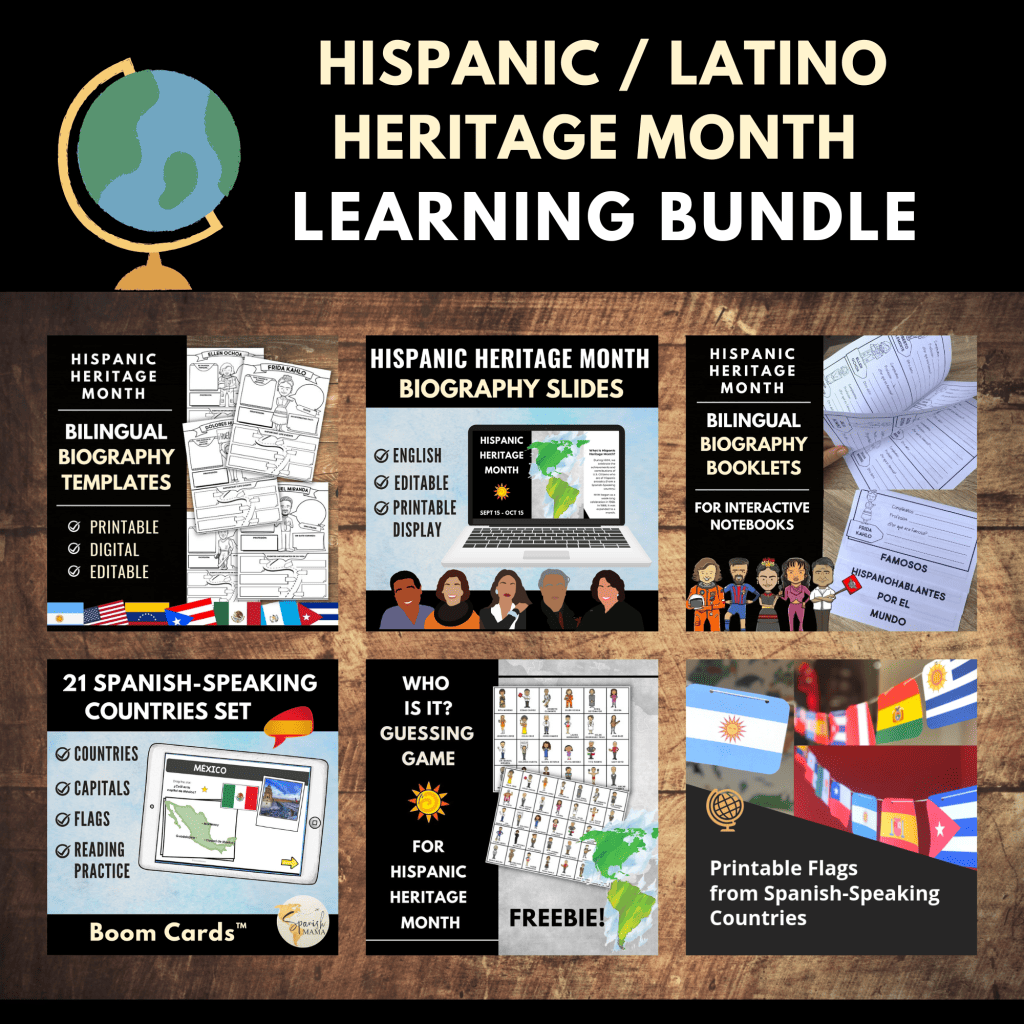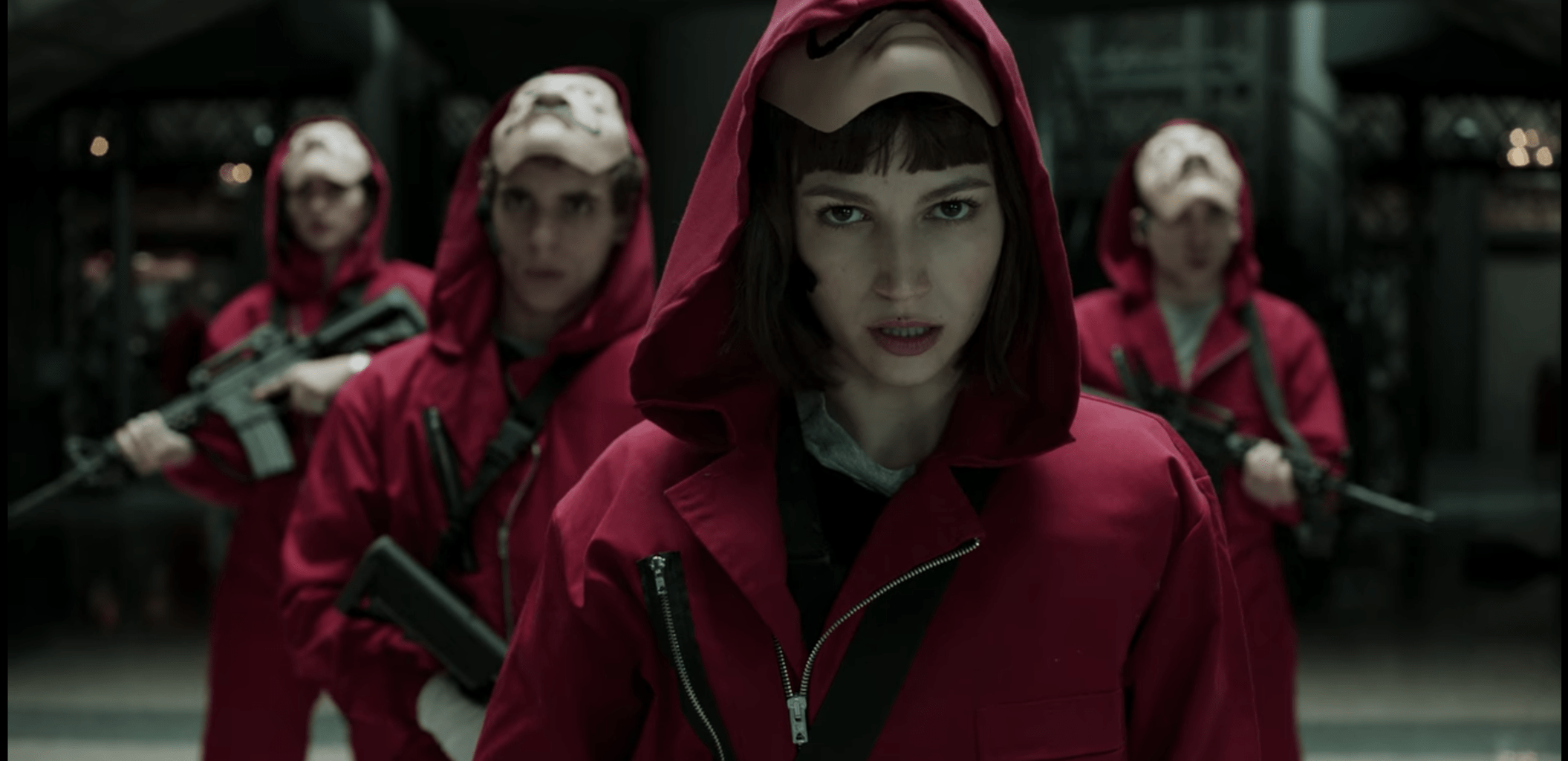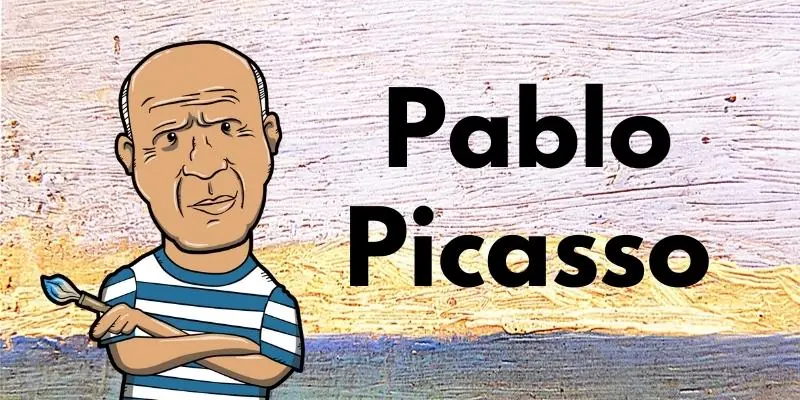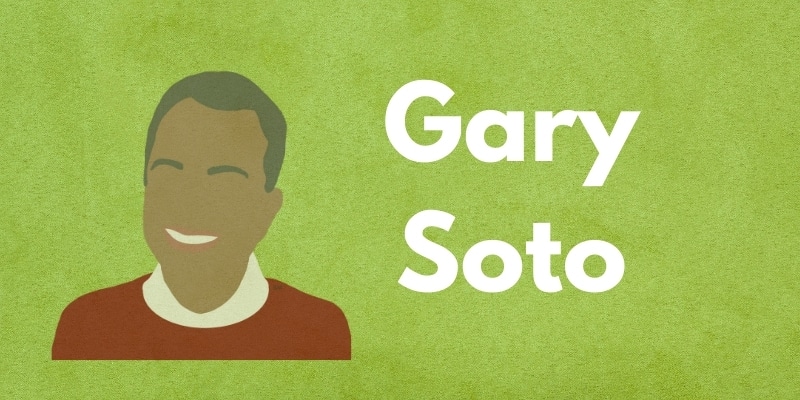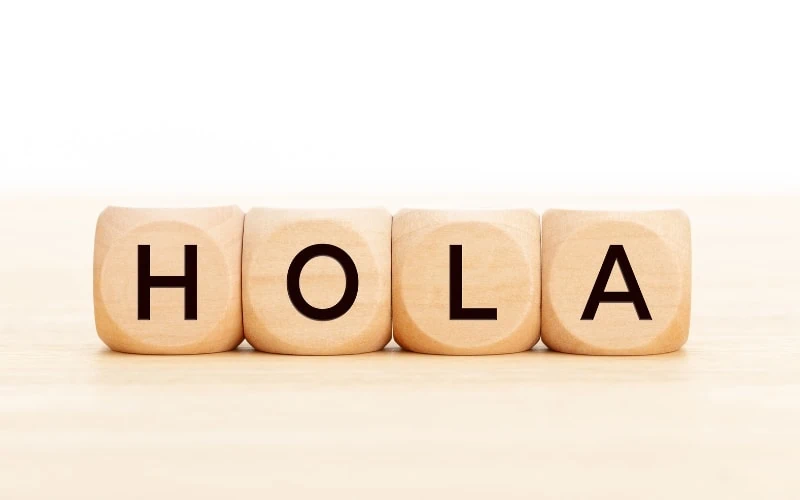Famous Mario Molina Quotes And Biography
Inside: Learn about the biography of Mario Molina, along with famous Mario Molina quotes.
Mario Molina was a scientist who received the 1995 Nobel Prize for Chemistry, along with two other chemists. His work helped to create laws about dangerous gases that damage the ozone layer.
If you are here specifically looking for Mario Molina quotes, click here to jump to that section!
“We can say, ‘Let our grandchildren worry about it.’ But it’s harder to change later.
We invest in their children’s education, even though it doesn’t pay off for decades.
Why not the planet?”
– Mario Molina
Related: Famous Latinos & Hispanic Americans Home Page
Here’s an index of what’s included in the post. You can click on any link to jump straight to that section:
- Mario Molina Biography
- Links and Printables to Learn More
- Books by Mario Molina
- YouTube Videos
- Quotes from Mario Molina
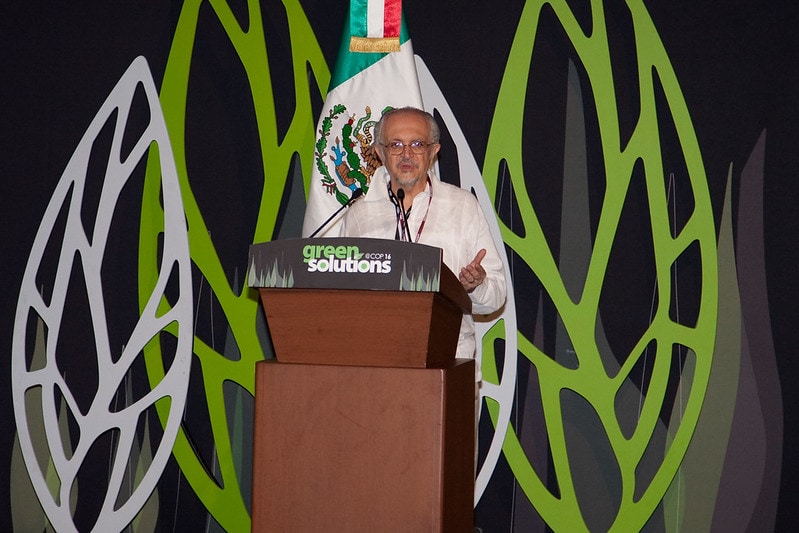
Mario Molina Biography
Fast Facts about Mario Molina
Birth: March 19, 1943
Birthplace: Mexico City, Mexico
Death: October 7, 2020
Family: Luisa Tan (1st spouse), Guadalupe Alvarez (2nd spouse)
Education: National Autonomous University of Mexico (BS), University of Freiburg (MS), University of California, Berkeley (PhD)
Career: Chemist
Famous For: 1995 Nobel Prize in Chemistry, 2013 Presidential Medal of Freedom
Mario Molina was born in Mexico City on March 19, 1943. His father was a lawyer, professor, and Mexican ambassador to several countries, so Molina grew up in a supportive educational environment. He showed an early interest in science, saying:
When I was in elementary school, I was very interested in science already. I must have been ten or eleven years old. I started experiments with chemistry sets at my home in Mexico. I was able to borrow a bathroom and convert it to a laboratory. My parents supported it. They were pleased. My friends just tolerated it.
– Mario Molina
At age 11, he was sent to Switzerland to study and learn German. Later, Molina studied chemical engineering at the University of Mexico, and polarization kinetics in West Germany. He returned to Mexico to work as a professor, and in 1972, Molina moved to California to continue his studies and began working at the University of California.
There, along with chemist F. Sherwood Rowland, Molina studied the ozonosphere. They discovered some gases that were depleting the ozone layer (CFC gases).
. A few months later they published their 1974 landmark paper in Nature (4), where they brought to light the problem of the thinning of the ozone layer resulting from the use of CFCs: “The CFC–ozone depletion hypothesis.
– Proceedings of the National Academy of Sciences of the United States of America
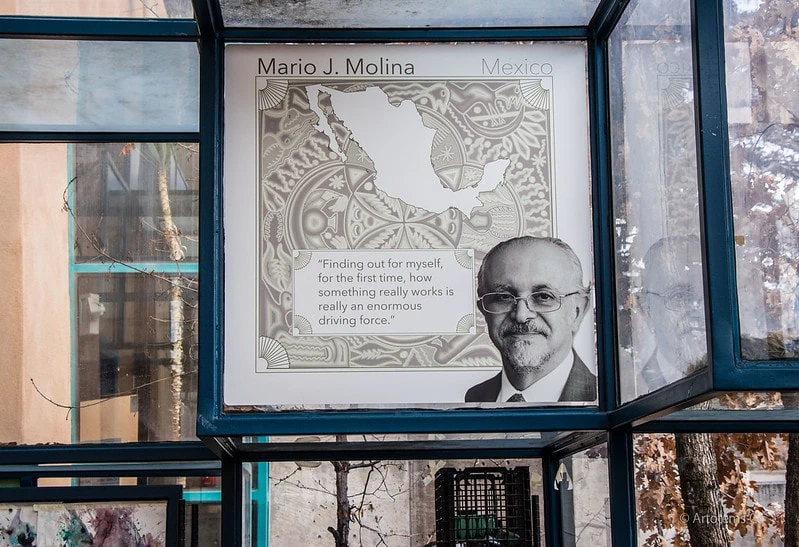
20 years later, Rowland and Molina won the Nobel Prize in Chemistry in 1995. Molina continued his work as a scientist and teacher, including 25 years at MIT, and used the money from his prize to fund more research and support students.
He also served on the President’s Council of Advisors on Science and Technology under several presidents. Molina returned to California and worked at the University of California San Diego until his death in 2020. His legacy continues to today, across the world and in his home of Mexico.
The Science History Institute notes,
Not forgetting his roots, he has also been studying strategies for making the air in cities cleaner. Mexico City has been the case study for this project and is also the home of the Centro Mario Molina, which is dedicated to finding solutions to the challenges related to climate change, sustainable development, and the efficient use of energy.
Awards:
- Nobel Prize (1995)
- Presidential Medal of Freedom (2013)
- NASA Exceptional Scientific Achievement Medal (1989)
Books About Mario Molina
Printables and links to learn more
Free Resources:
- Free printable Mario Molina coloring page.
- Here is a simple free printable for noting basic info on Mario Molina.
- Here are printable “posters” that include Molina, which you can find here and here.
- For high school teachers, here is a Chlorofluorocarbons and Ozone Depletion lesson plan based on Molina’s work.
Videos About Mario Molina
A brief bio of Mario Molina in English (2min 13s):
Here is a very brief, animated bio in Spanish (1min 25s):
Here is a good student-friendly biography in Spanish, with lots of visuals (6min 34s):
A more in-depth Molina biography in Spanish (10min):
10 Mario Molina Quotes
1. “Finding out for myself, for the first time, how something works is really an enormous driving force.”
– Mario Molina
2. “Climate change, like depletion of the ozone layer,
is proof of the damage human activities exert on earth at the global level.
Solutions require the commitment of all sectors of society.
Mitigation strategies and adaptation measures need the collaboration
of the scientific community, economists, technology and energy experts, entrepreneurs, decision makers and the general population.”
– Mario Molina
3. “Many Latino kids should become scientists because we need scientists all over the world from all different backgrounds. We have many tough problems, and we need everybody’s help to solve the problems.”
– Mario Molina
4. “The scientists I looked up to at the beginning were not Latino. They were famous scientists of many years ago, like Madame Curie. Later, I realized that there were also, but a very few, Latino scientists. There were good ones, but very few, because there wasn’t as much a tradition to be a scientist in our culture. But this is changing.”
– Mario Molina
5. “The basic science is very well established; it is well understood that global warming is due to greenhouse gases. What is uncertain is projections about specifics in the next few decades, by how much will the climate change.”
– Mario Molina
6. “Climate change and ozone depletion are two global issues that are different
but have many connections. In the ozone depletion case, we managed to work with decision makers effectively so that an international agreement called the Montreal Protocol was achieved that essentially solved the ozone depletion problem.”
– Mario Molina
7. “I made a decision it was not enough to just do the science but to also try to do something about directly applying scientific research to societal problems”
– Mario Molina
8. “..the planet is just too small
for these developing countries to repeat the economic growth
in the same way that the rich countries have done it in the past.
We don’t have enough natural resources,
We don’t have enough atmosphere.
Clearly, something has to change.”
– Mario Molina
9. “I am an optimist. I am positive. It’s possible to do the necessary changes, but it’s not going to be easy. It will take a lot of hard work. I have a lot of trust in the children now, in young people. I think they are paying more and more attention to the problems of our planet”
– Mario Molina, Scholastic
10. “The first education to be a good chemist is to do well in high school science courses. Then, you go to college to really become a chemist. You want to take science and math. Those are the main things.”
– Mario Molina
I hope these ideas and resources were helpful to you! If you have more ideas for resources or lessons, let me know in the comments below!
Image Sources:
Image 1: “Mario Molina @ Green Solutions” (CC BY-NC-ND 2.0) by Siete Media
Image 2: “How Things Work” (CC BY 2.0) by Artotem
